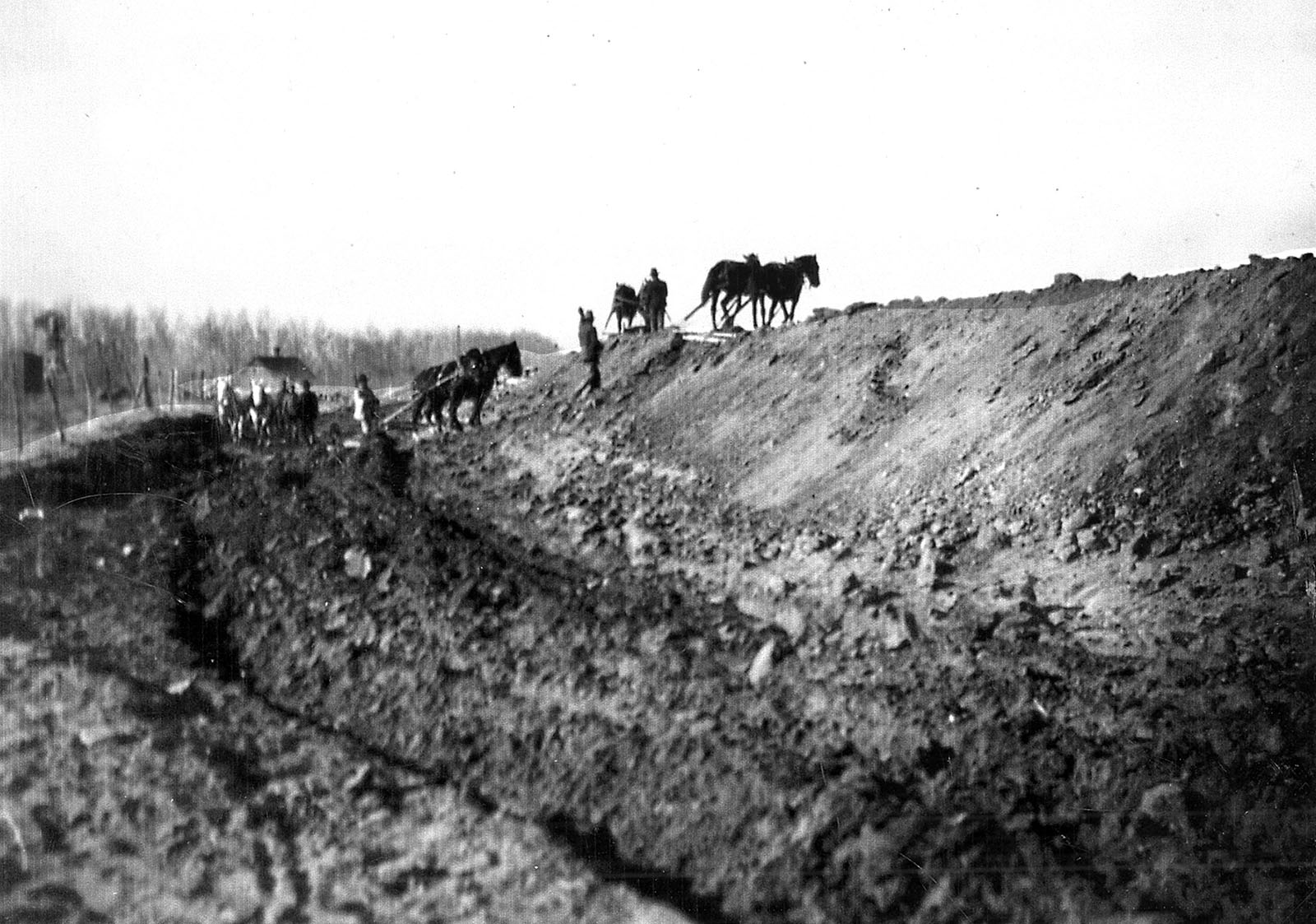As the General Manager of the Upper Arkansas Water Conservancy District, perhaps the water question I am asked the most involves irrigation ditches and the appurtenant water rights.
There are important concepts to understand before one can benefit from a dialogue of the potential impacts from changes of use of these water rights.
To establish an irrigation water right, the claimant must demonstrate the act of appropriation. He must show a diversion of a specific amount of water from a natural water course and place this water to an irrigation use. The use is the basis, the measure, and the limit of the water right. Typically, one cubic foot per second or 450 gallons per minute is sufficient to irrigate 50 acres of ground, however there are other ratios in some decrees.
The annual amount of use can be quantified and is called the historic consumptive use. The amount not consumed by plant growth is referred to as the return flow. Return flows either run off the surface of the ground and immediately return to a natural water course or percolate below the root zone and, over time, return to a natural water course.
Except during rare periods of time, there are water right claims on all waters of the Arkansas Basin. Because of this scarcity, decrees for ownership of water rights all have a priority date. Simply, first in time is first in right.
When an owner of a water right seeks a change of use, for example a new location or type or manner of use, he is obligated to adjudicate this change through a water court process, first giving notice so other owners of water rights can ascertain the potential impact to their water rights from this change. The party changing their water right must demonstrate lack of injury to other water rights.
Historic practice becomes important at this juncture. Some of the questions that arise involve the amount, location and timing of return flows. Return flows may accrue through the conveyance canal seepage, runoff from the irrigated fields and underground percolation. There is no lack of rules, regulations, statutes and water court cases on this subject. There are, however, some basic concepts.
Return flows are appropriated by downstream water rights. A change of one’s water right can impact others’ rights. The owner of a water right must demonstrate dominion and control over his water right to maintain a claim. Simply, if a water right owner is unable to demonstrate dominion and control over a portion of his water, another appropriator can claim this water subject to the priority system. Affecting the availability of water through a change may be injury.
Changing a water right is a tricky procedure and fraught with potential pitfalls. A change of a water right may be as simple as moving the point of diversion on a natural stream, lining or piping a conveyance canal, irrigating an adjacent parcel of land, or changing the method of irrigation from flood and furrow to sprinkler or drip. Each of these have the potential to impact return flows and, thus, someone else’s water right.
Before embarking on these seemingly innocuous ventures, one needs to fully evaluate the potential impacts from a change of use. Perhaps undertaking one of these changes may mean a trip to water court to adjudicate the change.





